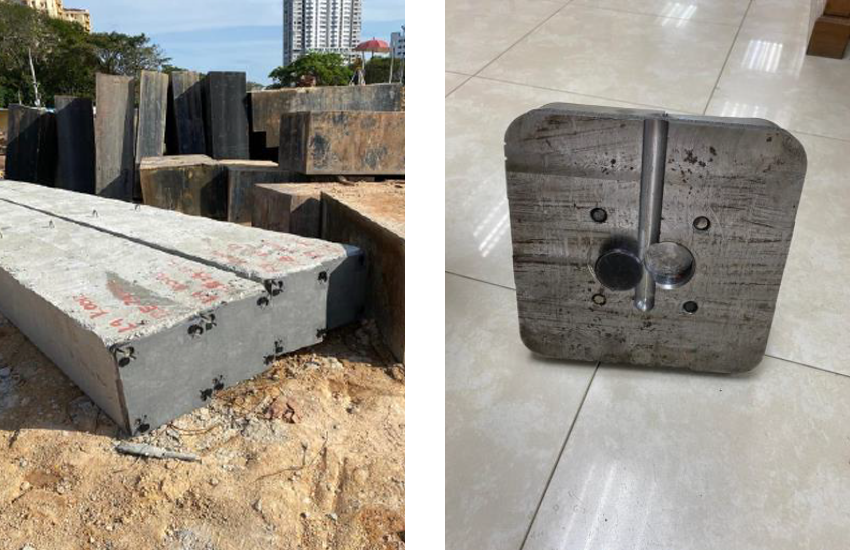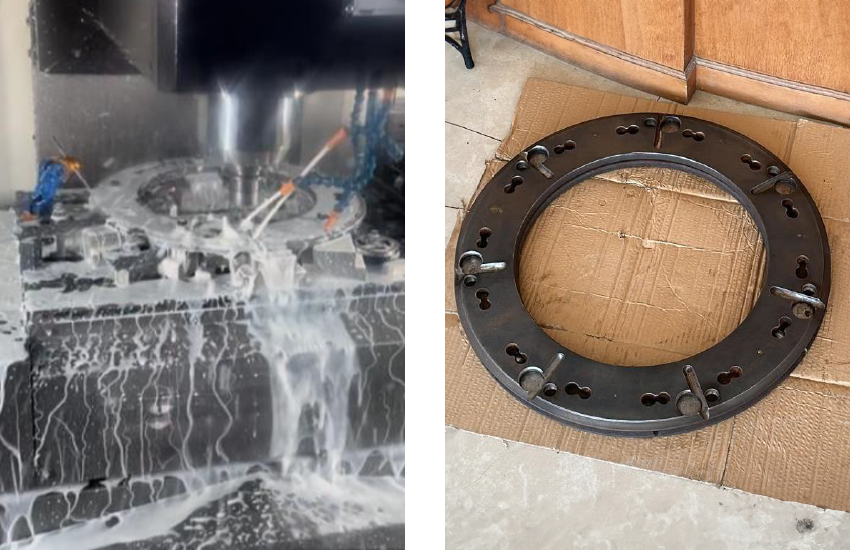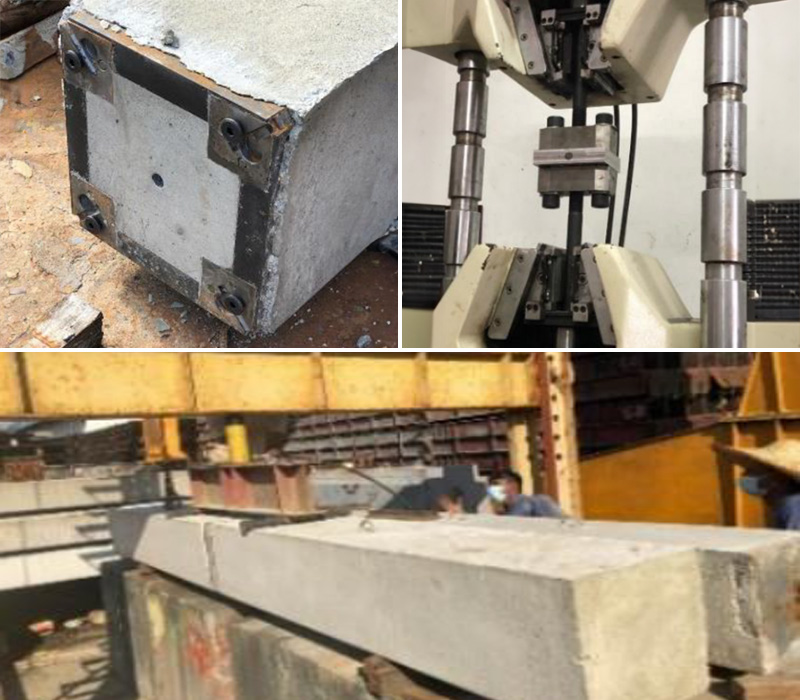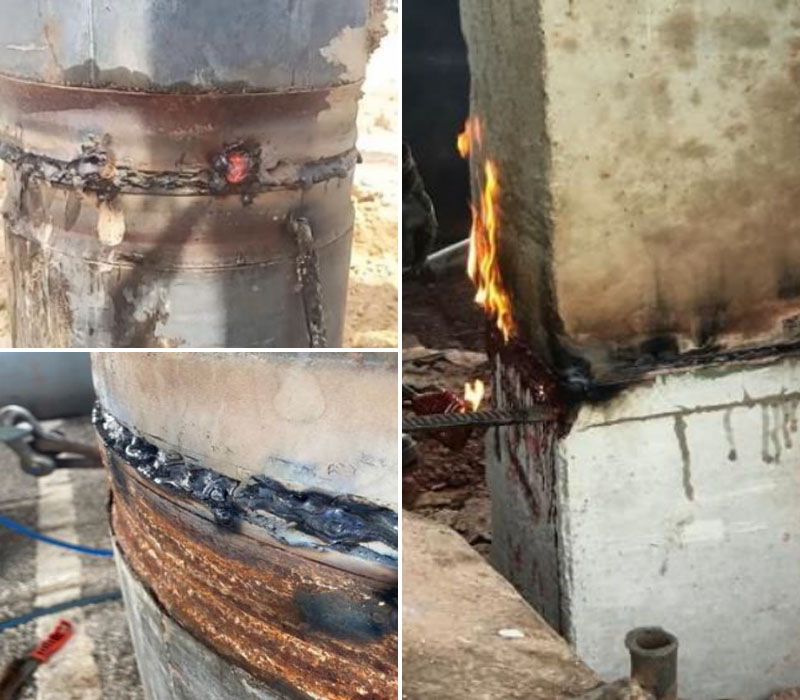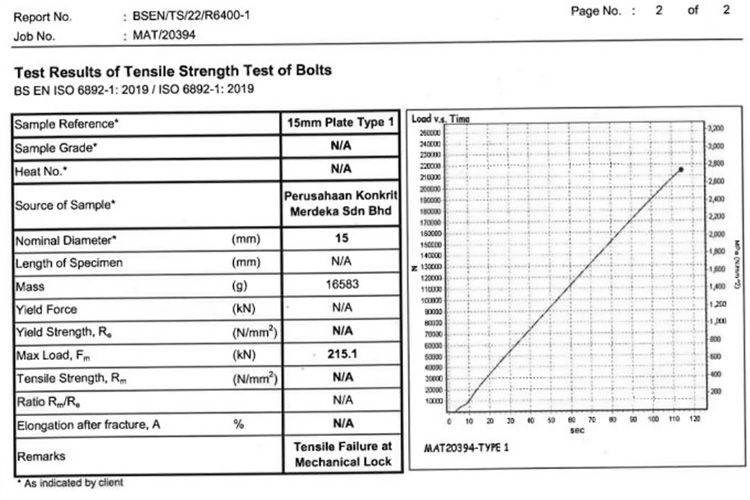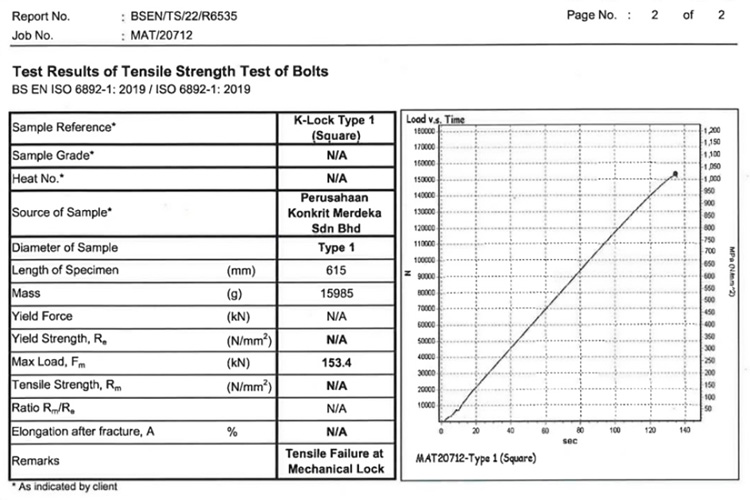Patent Abstract
A pile mechanical locking mechanism with screwed-on grooved locking protuberances allows for easy installation of locking pins. This is achieved through the flexibility of the non-welded, screwed-on grooved protuberances and minimal contact between the locking pins and the grooves, even in the presence of typical debris from the piling stage or when the pile’s joint plates have dimensional inaccuracies due to manufacturing errors or external damage. The open or exposed design of the mechanical locking mechanism facilitates debris removal and allows for easy visual inspection of any potential obstructions to successful locking pin installation.


